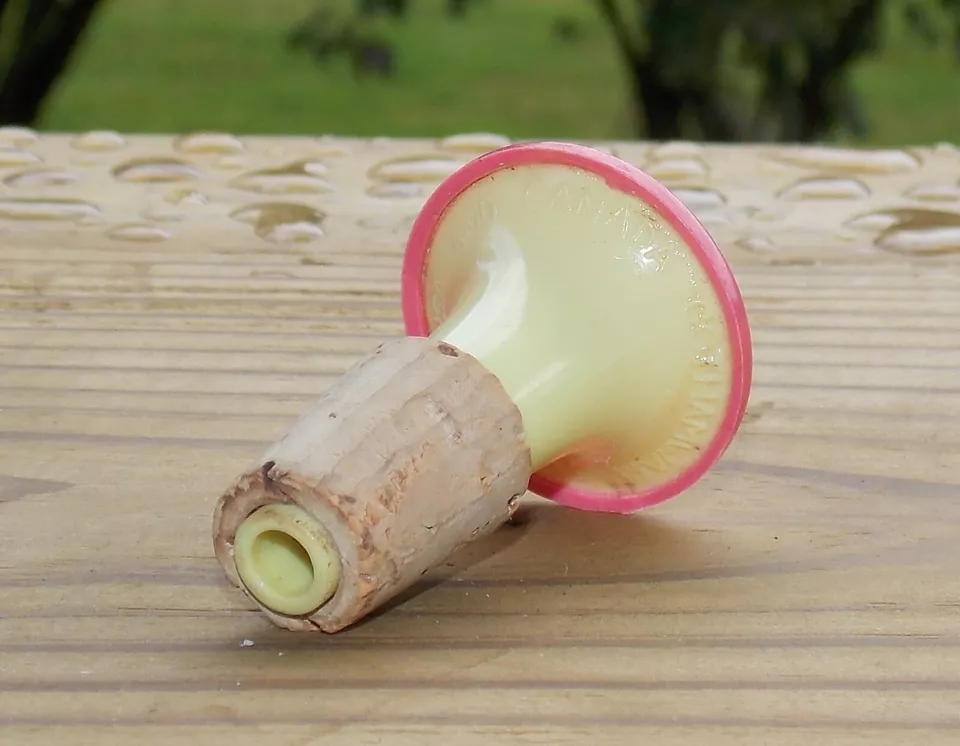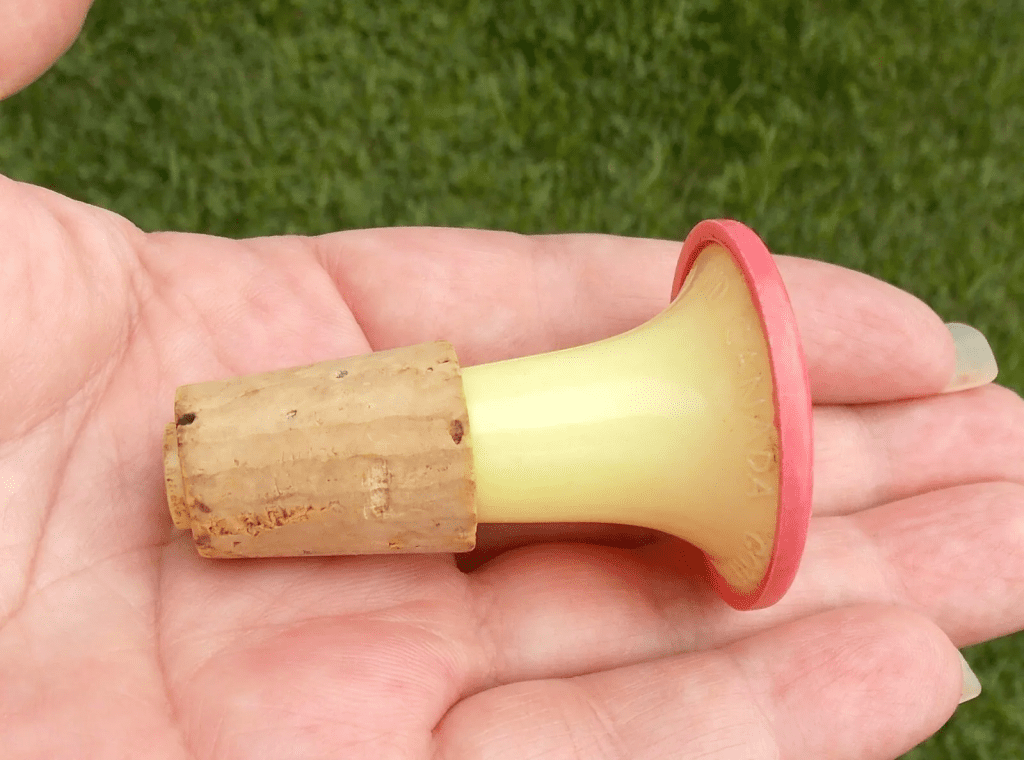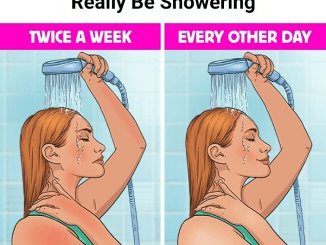Sprinkler bottles, a once-essential household item, were a mainstay in homes before steam irons revolutionized the ironing process. These simple yet ingenious bottles were used to dampen clothes before ironing, helping to smooth out wrinkles and make the chore more efficient. Although they have largely faded into history, the nostalgic charm of sprinkler bottles has turned them into popular collectibles, prized for their unique designs and connection to a bygone era.
What Were Sprinkler Bottles Used For?

Before the invention of the steam iron, sprinkling water onto fabric was the go-to method for removing wrinkles. A typical sprinkler bottle was often a recycled glass soda bottle with a perforated cork or metal top that allowed water to be sprinkled evenly across clothing. The damp clothes were then rolled up and placed in the refrigerator to keep them from drying out until they were ready to be ironed.
Sprinkler bottles were a practical tool for housewives of the time, and their designs soon evolved from simple glass bottles to decorative, aesthetically pleasing items that doubled as functional tools and kitchen adornments. Over time, manufacturers began creating these bottles in various materials, including ceramic, plastic, and glass, offering housewives a chance to choose more personalized and decorative options for their home chores.
The Evolution of Sprinkler Bottle Designs
While early sprinkler bottles were straightforward and utilitarian, it wasn’t long before manufacturers began creating decorative bottles in a wide array of colors, shapes, and themes. Housewives appreciated the opportunity to add a bit of flair to their household tasks, and sprinkler bottles became a reflection of individual style.
Popular Materials and Styles
- Ceramic Sprinkler Bottles: These often featured hand-painted designs, whimsical figures, or themes that were popular in mid-century kitchens. Ceramic bottles are highly sought after today for their artistic and often quirky appeal.
- Plastic Bottles: Introduced later, plastic sprinkler bottles were more affordable and practical but were still available in colorful, attractive designs.
- Glass Bottles: Glass remained a common material, with many repurposing soda bottles for use as sprinklers. However, some companies produced decorative glass versions that were meant specifically for ironing.
These bottles often had metal, Bakelite, or plastic sprinkler tops, and some even featured ceramic tops shaped like figures or animals, adding an extra touch of creativity.
The Role of Sprinkler Bottles in Vintage Homes
Sprinkler bottles were more than just functional tools—they were part of the fabric of domestic life in mid-century homes. On ironing day, women would sprinkle their clothing, roll them up, and store them in the refrigerator to prevent the fabric from drying out or souring before it was time to iron. Sprinkler bottles were also handy for quick touch-ups when a garment needed a last-minute press.

Household chores in the 1940s and 1950s were often repetitive and time-consuming, but sprinkler bottles helped make ironing a little easier. With their growing decorative appeal, they also became cherished items in the home, a small way for housewives to add some joy and personality to their everyday tasks.
The Appeal of Collecting Sprinkler Bottles
Although sprinkler bottles have long since fallen out of use, their nostalgic value and unique designs have made them highly desirable among collectors. For many, these bottles represent a simpler time, evoking memories of their mother’s or grandmother’s kitchens. Others are drawn to the artistic craftsmanship, quality materials, and vintage charm that make each bottle a work of art in its own right.
What Drives the Market for Vintage Sprinkler Bottles?

- Quality and Condition: Collectors look for bottles that are free from damage, with intact tops and minimal signs of age-related wear. For ceramic bottles, avoiding crazing (fine cracks in the glaze) is essential.
- Rarity: Some sprinkler bottles were produced in limited quantities, making them rare finds. A highly detailed or unusual design can drive up the value of a bottle significantly.
- Aesthetic Appeal: The bottle’s visual appeal plays a big role in its value. Bright colors, intricate designs, and playful themes are particularly attractive to collectors.
Collectors seek out specific brands and rare designs, with some examples commanding high prices on the market. For instance, California Cleminsons Fireman bottles from the 1950s can sell for over $1,500 due to their detailed craftsmanship and scarcity.
Conclusion: A Piece of History in Every Bottle
Though sprinkler bottles are no longer a household necessity, their enduring charm continues to capture the hearts of collectors. From their practical origins to their role as decorative treasures, these bottles reflect the creativity and artistry of a past era. Whether you’re a seasoned collector or just beginning your journey into vintage finds, sprinkler bottles offer a tangible connection to the domestic history of the 20th century—one bottle at a time.


